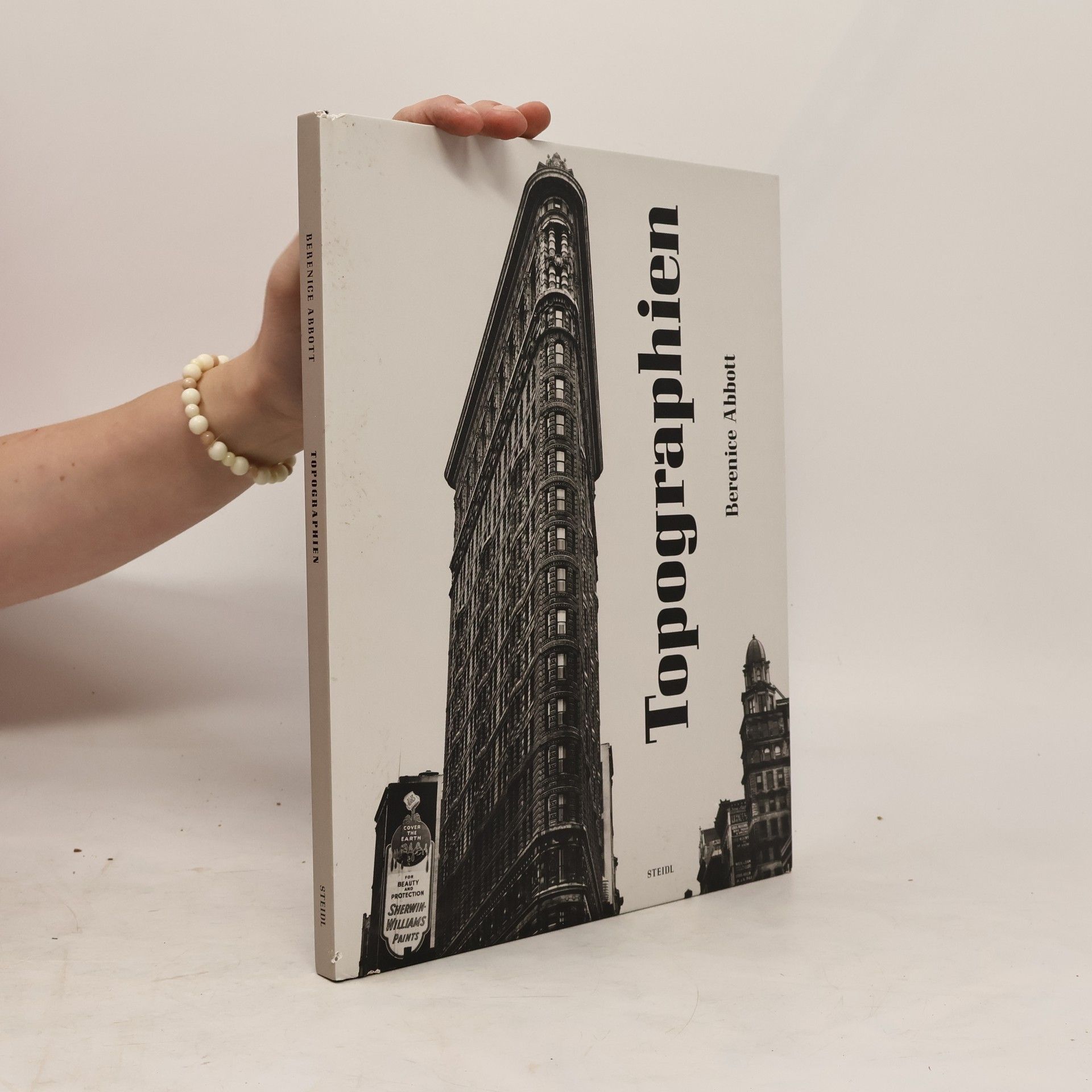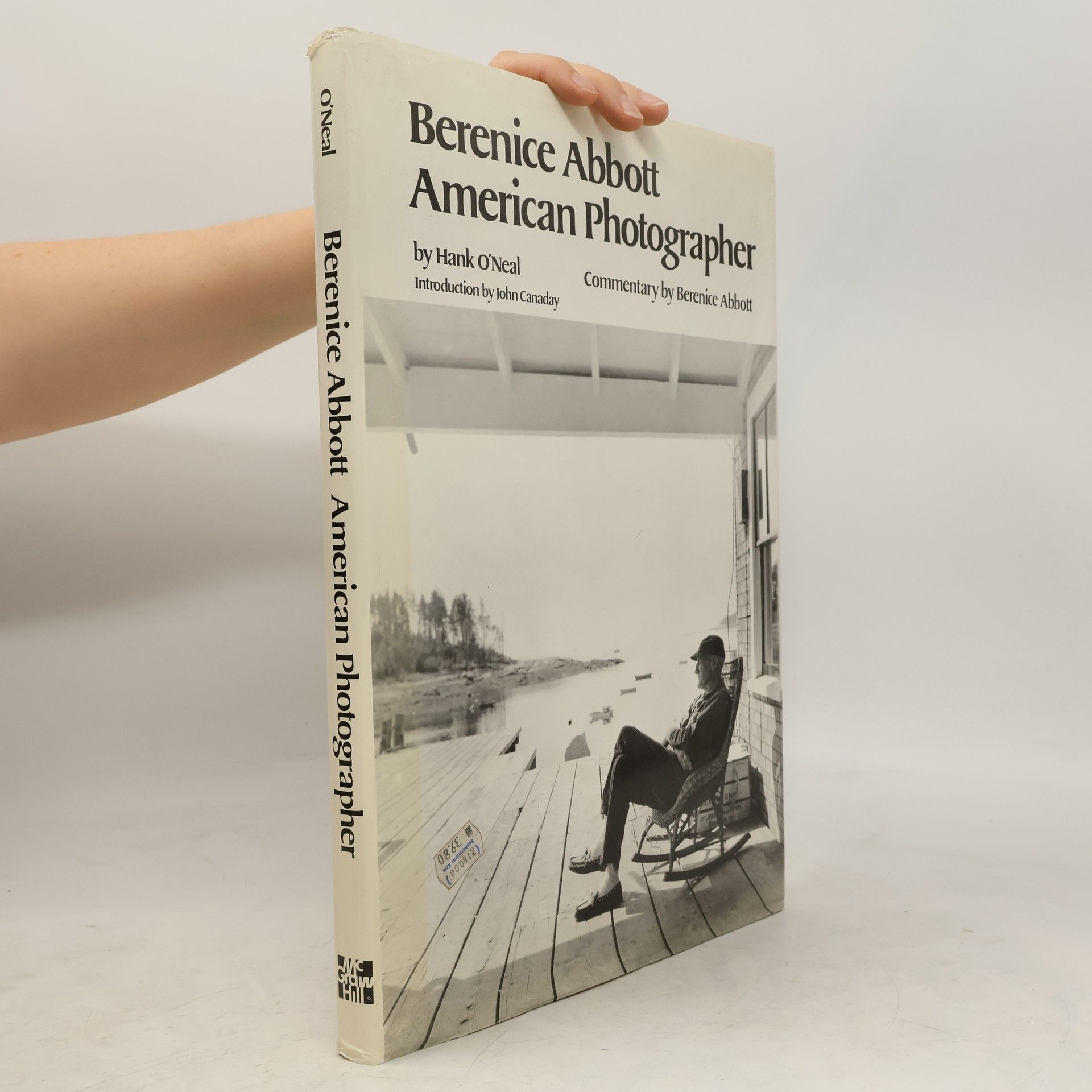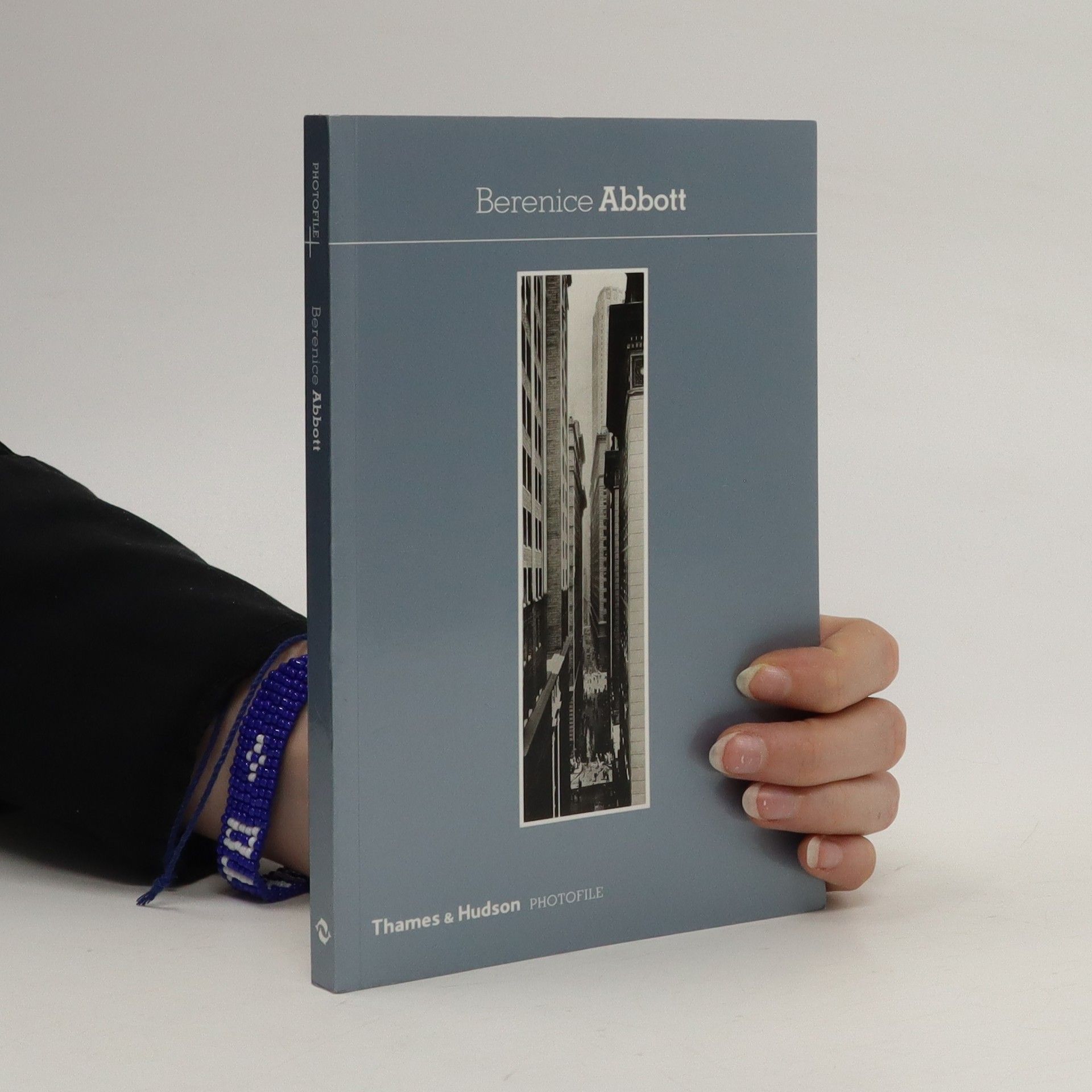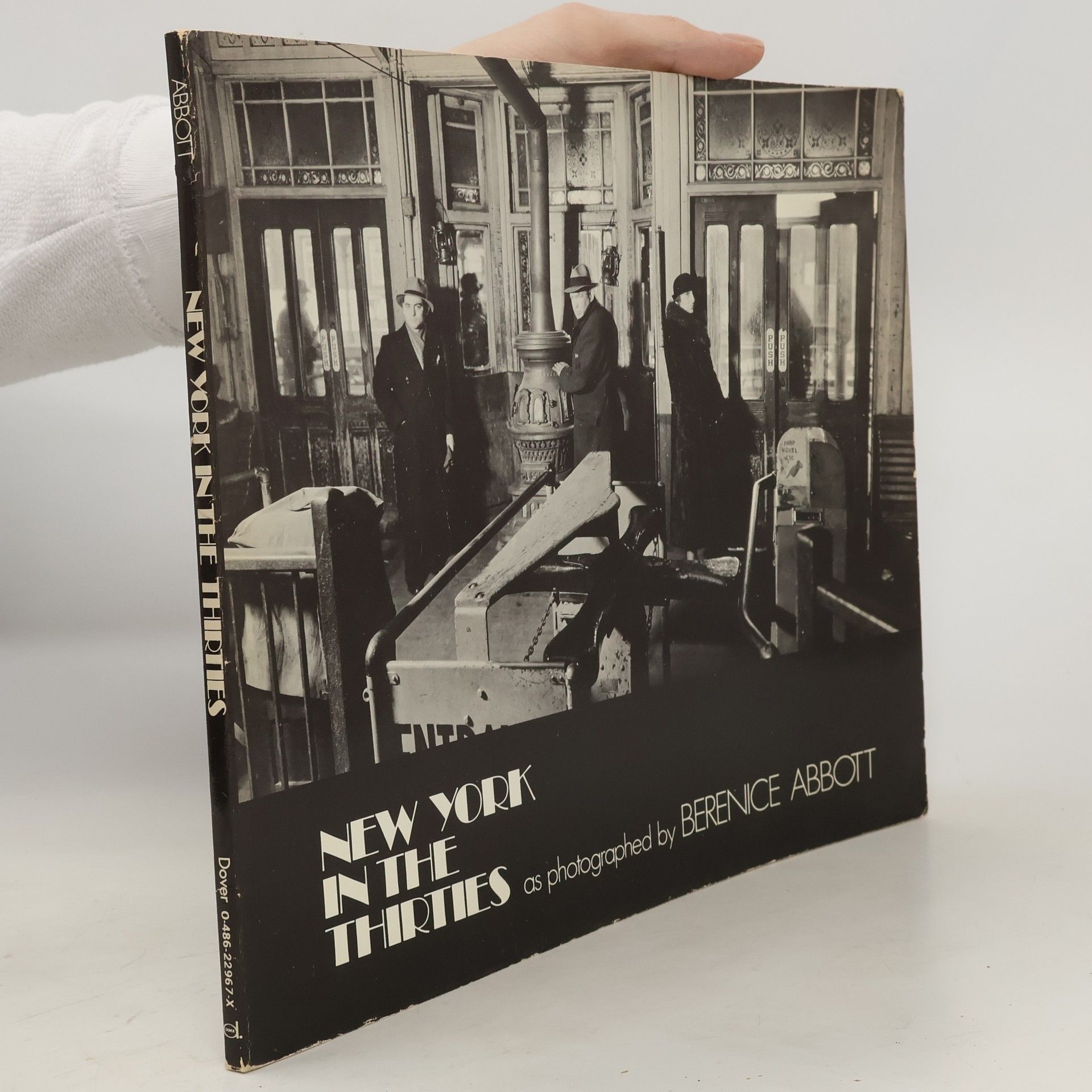Nearly 100 classic images by noted Rockefeller Center on the rise, Bowery restaurants, dramatic views of the City's bridges, Washington Square, old movie houses, rows of old tenements laced with laundry, Wall Street, Flatiron Building, waterfront, and many other landmarks.
Berenice Abbott Livres
- Abbot, Berenice







An introduction to and overview of famed photographer Berenice Abbott's work.
A wide-ranging and extraordinary selection of photographs by Bernice Abbott with her commentary for every image. Essay by Hank O'Neal; introduction by John Canaday. 255 pages, over 250 duo-toned b&w plates and text illustrations; 10.25 x 14.5 inches.
Eugène Atget
- 94pages
- 4 heures de lecture
Berenice Abbott zählt zu den wichtigsten Fotografinnen des 20. Jahrhunderts. Sechs Jahrzehnte lang fotografierte sie, porträtierte Künstler und Literaten der Pariser Avantgarde, illustrierte mit ihren Bildern grundlegende Prinzipien der Naturwissenschaft und dokumentierte mit der Kamera die Metamorphose des urbanen Amerika. Drei Jahre nach ihrer ersten Einzelausstellung 1926 in Paris kehrte sie in ein New York zurück, in dem ein rasanter städtebaulicher Transformationsprozess stattfand: Alte Viertel verschwanden und eine atemberaubende Skyline wuchs in den Himmel. Abbott machte die sich verändernde Metropole zum Bildthema und stellte Ruinen und Abbruchhäuser gleichberechtigt neben neue Wolkenkratzer, hielt Werbeschriftzüge als Signatur der modernen Großstadt fest, ebenso wie Verfall und Armut. Dabei nutzt sie die Bildsprache der Moderne: einen einfachen, aber dynamischen Stil mit Drauf- und Untersichten, Ausschnitten, starken Kontrasten und dramatischen Kanten. »Changing New York« nannte sie diese Chronik, die zwischen 1935 und 1939 entstand und die sie in einem Buch 1939 veröffentlicht. Der Katalog zur Ausstellung im Martin-Gropius-Bau zeigt Abbotts berühmte ikonische Bilder der Serie »Changing New York«, frühe Portraits sowie ihre Pionierarbeiten als Wissenschaftsfotografin und gibt damit Einblick in das Œuvre einer großen Künstlerin.